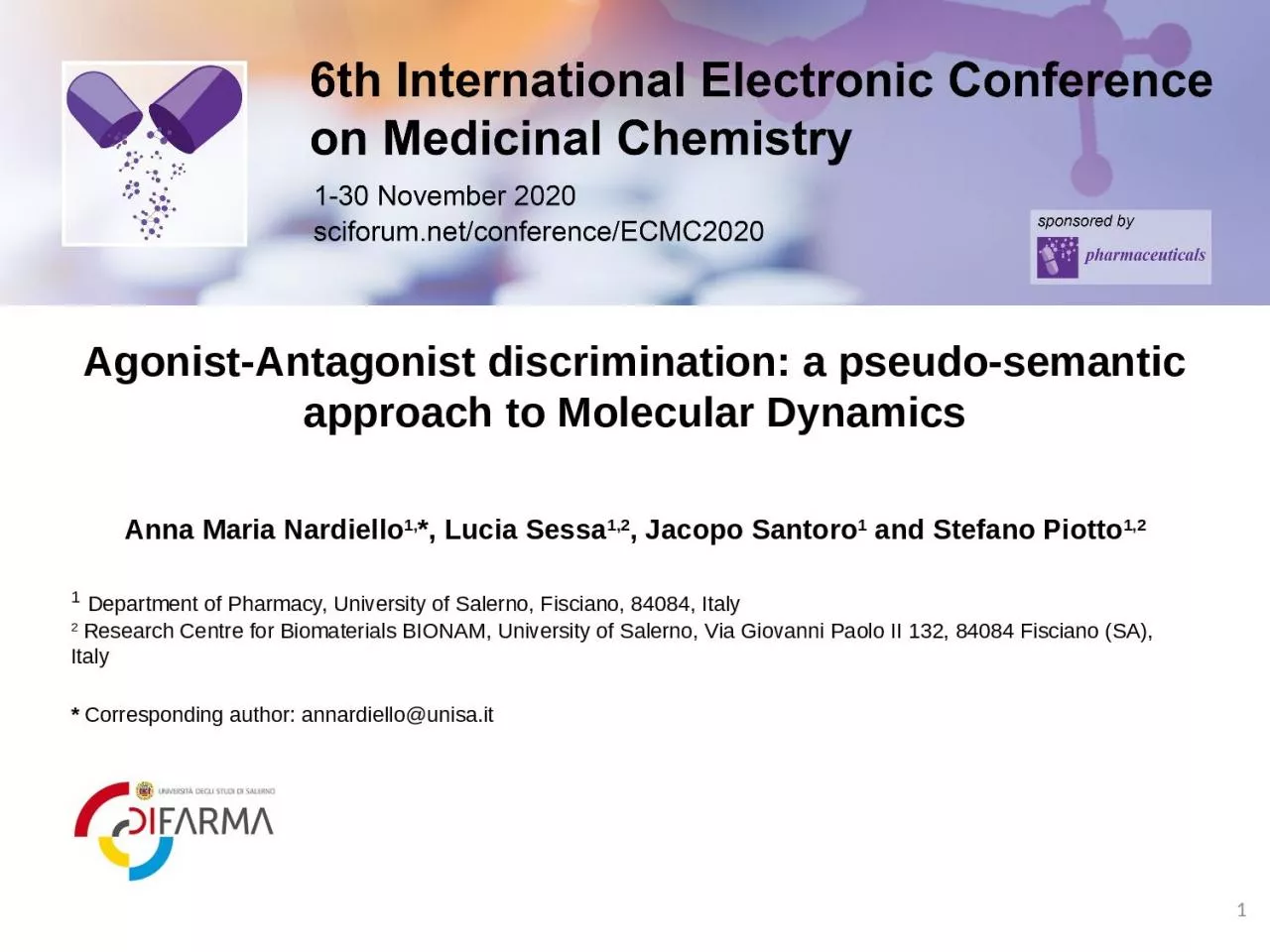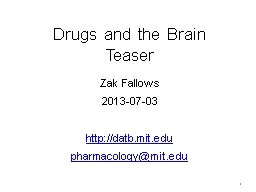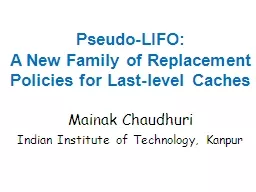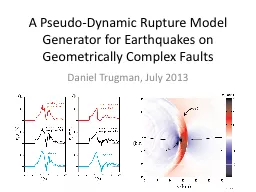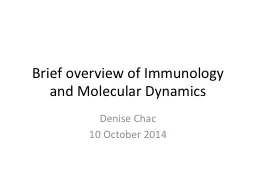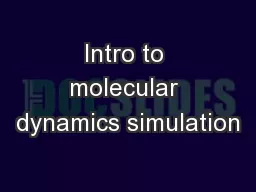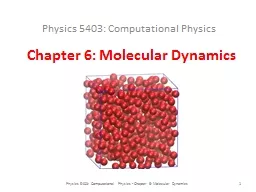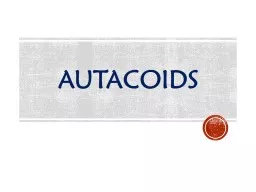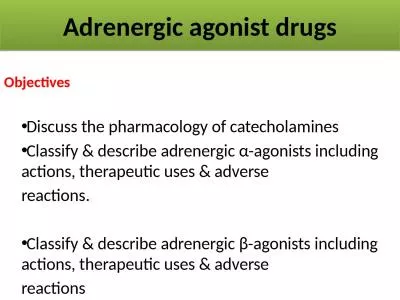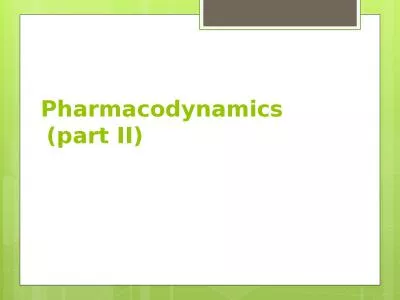PPT-Agonist-Antagonist discrimination: a pseudo-semantic approach to Molecular Dynamics
Author : mia | Published Date : 2022-06-07
Anna Maria Nardiello 1 Lucia Sessa 12 Jacopo Santoro 1 and Stefano Piotto 12 1 Department of Pharmacy University of Salerno Fisciano 84084 Italy 2 Research
Presentation Embed Code
Download Presentation
Download Presentation The PPT/PDF document "Agonist-Antagonist discrimination: a pse..." is the property of its rightful owner. Permission is granted to download and print the materials on this website for personal, non-commercial use only, and to display it on your personal computer provided you do not modify the materials and that you retain all copyright notices contained in the materials. By downloading content from our website, you accept the terms of this agreement.
Agonist-Antagonist discrimination: a pseudo-semantic approach to Molecular Dynamics: Transcript
Download Rules Of Document
"Agonist-Antagonist discrimination: a pseudo-semantic approach to Molecular Dynamics"The content belongs to its owner. You may download and print it for personal use, without modification, and keep all copyright notices. By downloading, you agree to these terms.
Related Documents

